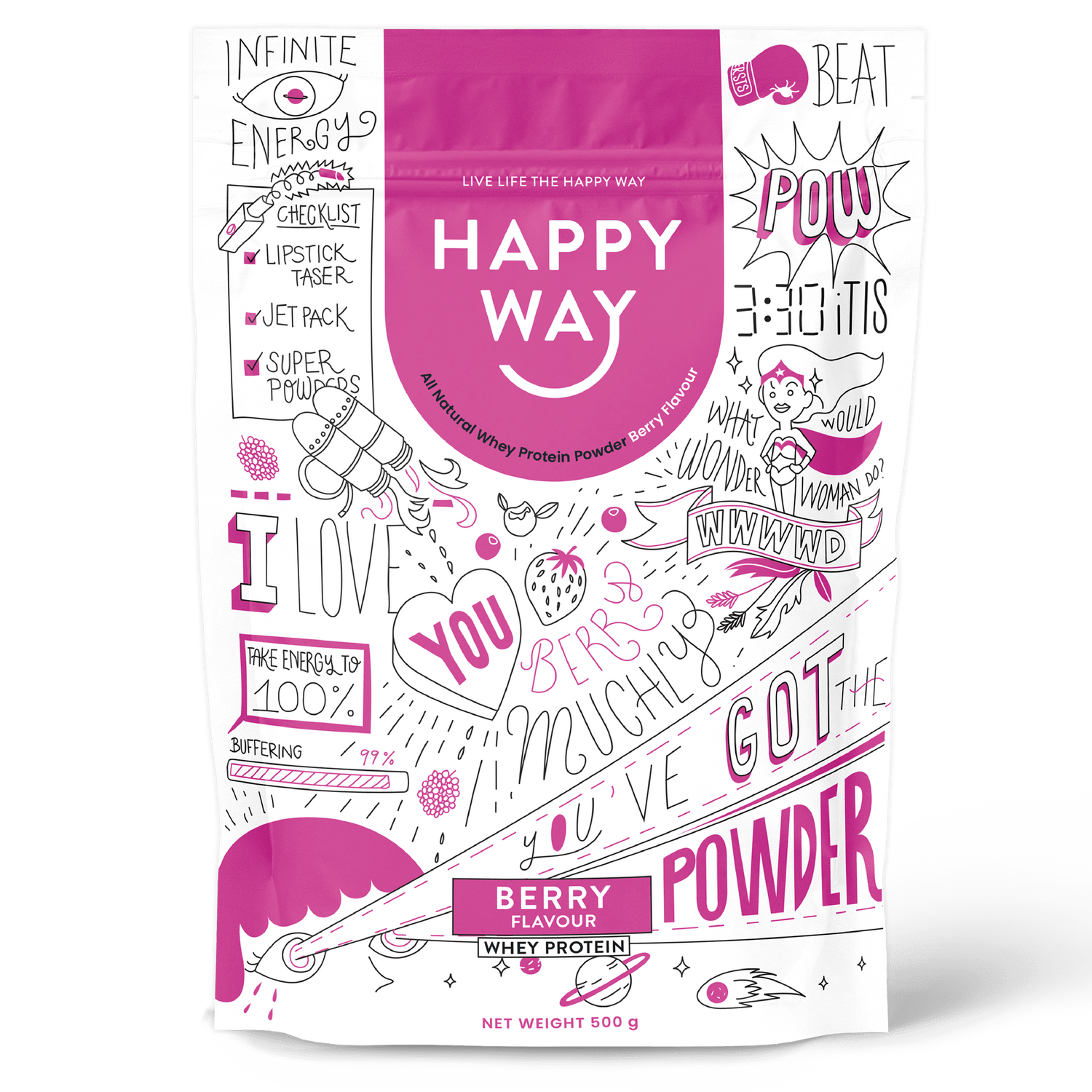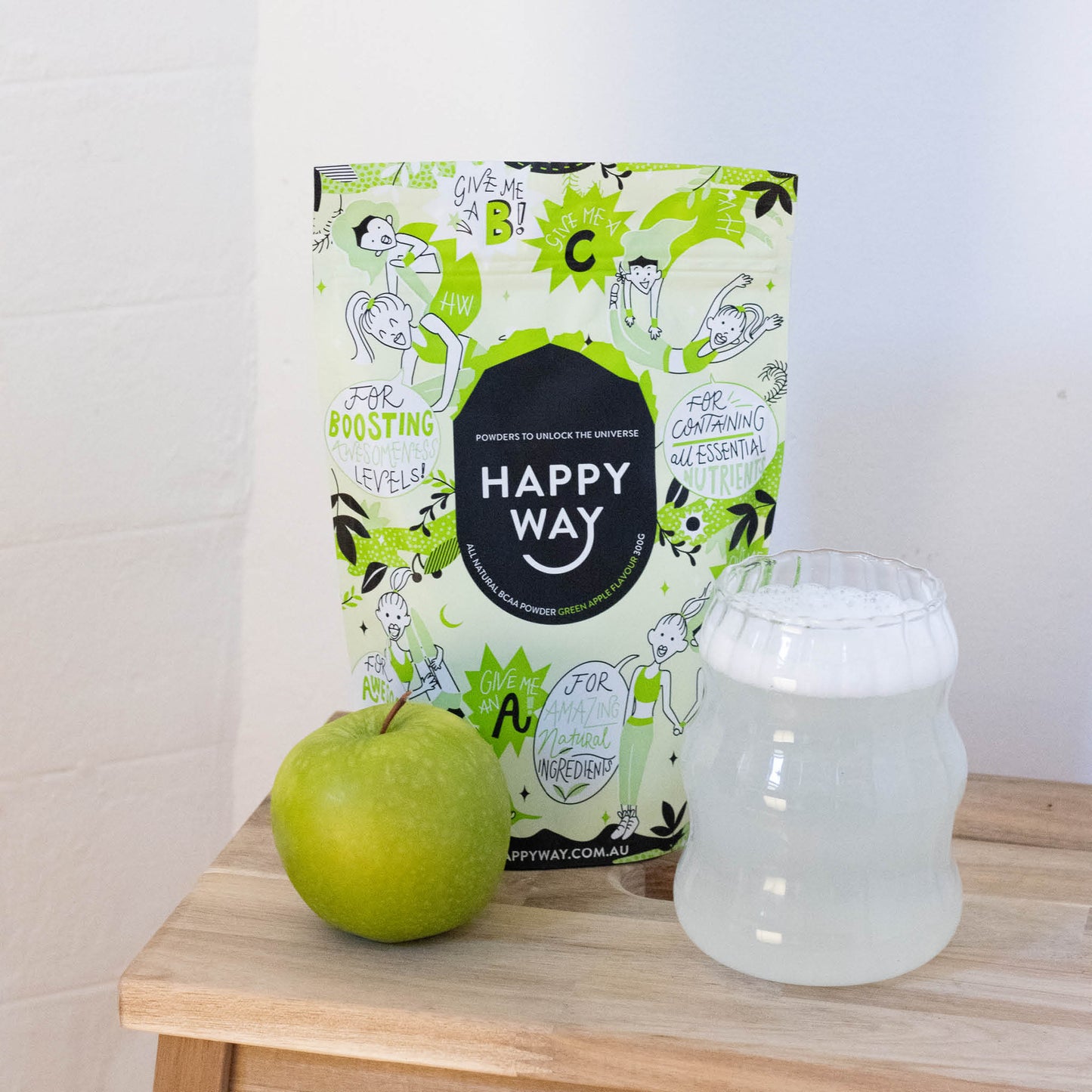Burning calories without doing anything sounds a bit too good to be true, and I don’t encourage my clients to try weight loss method that promise magic results overnight, or almost overnight. Crash diets and overtraining are not on my list of recommendations, as I believe one should build a lean and strong body through healthy and sustainable habits, not through quick fixes.
Yet, there is one strategy that can help you get in shape faster, and this method never fails. It refers to maximizing the calorie burns by taking advantage of the afterburn effect.
What’s the afterburn effect?
In cheesy terms, it’s the holy grail of weight loss: burn more calories without doing anything. The scientific definition says that the afterburn effect is a process that takes place inside the body after a workout, which allows one to burn more calories while resting.
Also referred to as EPOC or post-exercise oxygen consumption, the afterburn effect appears when the body starts to replenish its depleted oxygen reservoirs, after an intense training session. When you exercise, the muscles consume not only fuel (in the form of glucose or fat), but also oxygen.
Workouts that are performed at a slow to moderate peace allow the heart to pump oxygen fast enough for fueling the muscles properly and supporting their activity, and these exercises are called aerobic. Anaerobic exercises on the other hand are those workouts that are performed at higher intensities and that prevent the cardiovascular system to deliver adequate amounts of oxygen.
However, the muscles don’t stop working. They start to generate energy anaerobically, by breaking down glucose and turning it into a substance called pyruvate. As long as the oxygen intake is limited due to the strenuous exercises performed, the muscles continue to produce pyruvate, which is then converted to lactate, compound needed for turning glucose to energy.
Lactate, or lactic acid as we commonly call it, builds up inside the muscles, but once the workout finishes and the proper delivery of oxygen is restored, the compound is reverted to pyruvate and the aerobic metabolism is activated. Once this happens, the organism has to clear the lactate and the other metabolites accumulated in the muscle fibers, and for this it requires oxygen. This additional amount of oxygen needed for removing the lactate defines the EPOC, or post-exercise oxygen consumption.
Best exercises for maximizing the calorie burns
Depending on the intensity of the training session, the metabolic rate can remain elevated for 16-24 hours post workout, and this means that the organism will continue to burn more calories and to consume more oxygen even while resting.
High intensity intervals and weight training are the most effective for maximizing the afterburn effect, as they’re anaerobic activities. Circuit training is also useful, as long as one works out at 70%-80% of their maximum heart rate, as this delivers the greatest EPOC.
Cardio and aerobic activities can also increase the post-exercise oxygen consumption, but in these cases one has to extend the duration of the workout in order to get maximum benefits. If you prefer cardio workouts like running, aim to exercise for at least 60 minutes, and if you’re into weight training or HIIT, you can do shorter training sessions, of about 30-45 minutes, but at a higher intensity.








